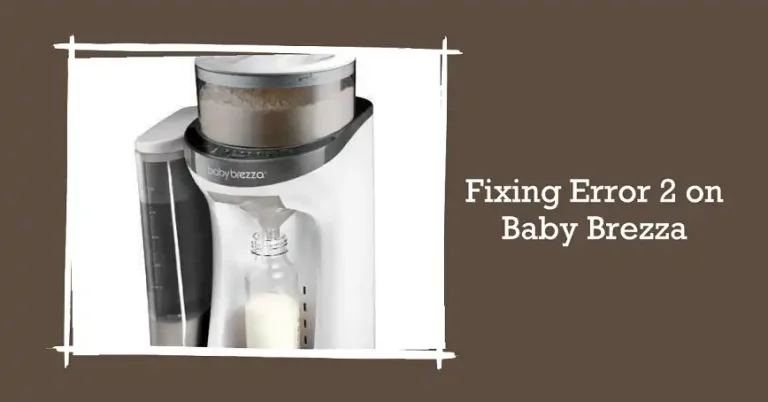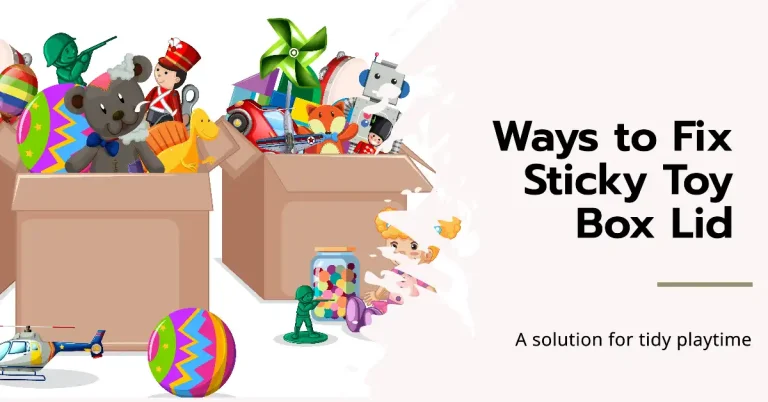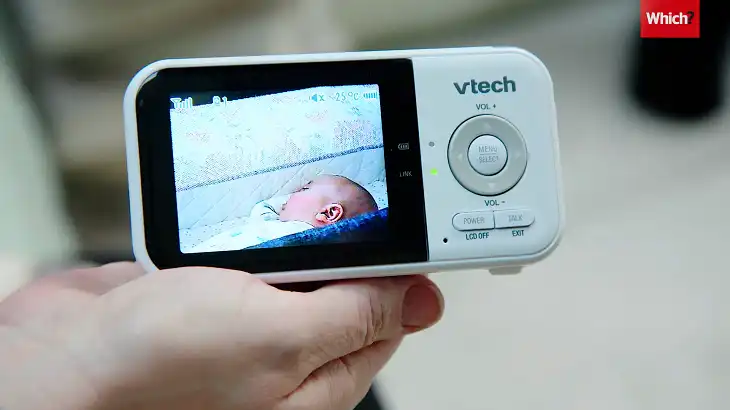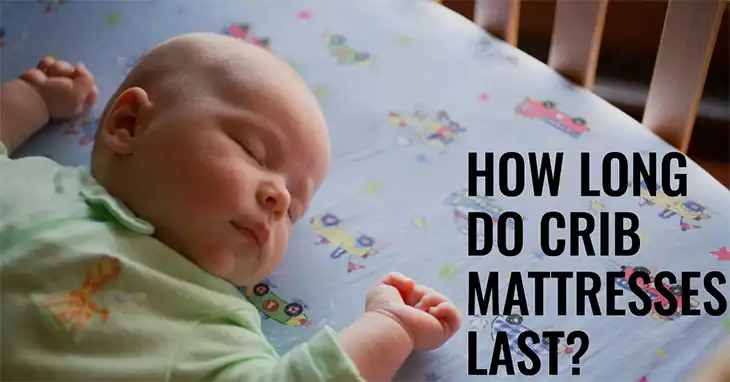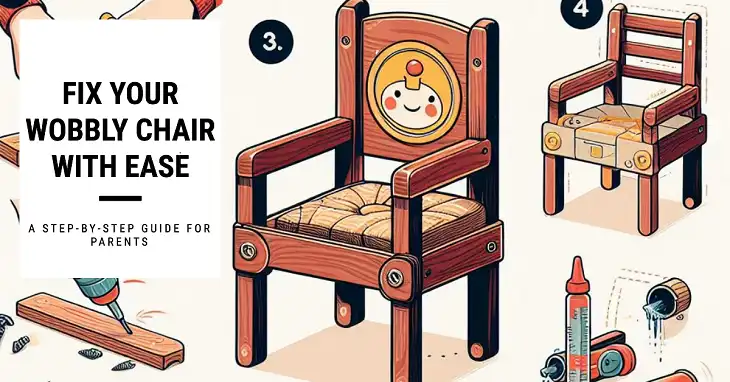How to Convert Sorelle Crib to Full Size Bed?
Converting your Sorelle crib to a full-size bed is an excellent way to extend the life of your nursery furniture and provide a familiar sleeping environment for your growing child. This process typically takes 2-3 hours and can save you $300-$500 compared to buying a new bed.
This article will explain the conversion process step-by-step. By the end, you’ll have a clear understanding of how you can convert your Sorelle crib to a full-sized bed. Let’s begin.
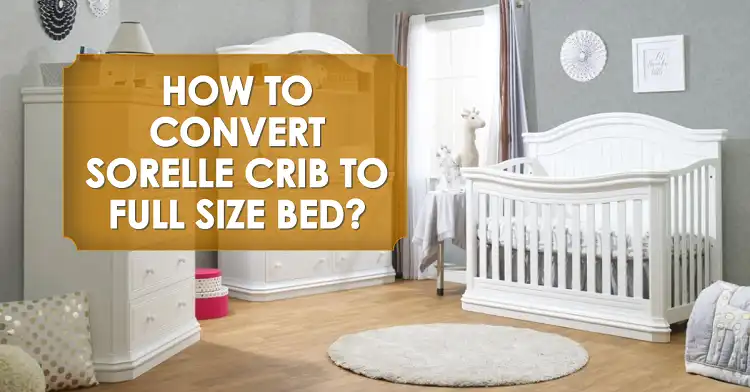
How to Prepare for The Conversion Process of Your Sorelle Crib
By converting your crib to a full-size bed, you’re not only saving money but also reducing waste and providing a sense of continuity for your little one. The conversion process is straightforward, but it requires attention to detail and the right tools.
Gathering Necessary Tools & Materials
You’ll need the following items:
- Screwdriver (Phillips and flathead)
- Allen wrench (size may vary by model)
- Conversion kit (specific to your Sorelle crib model)
- Additional hardware (as specified in the conversion kit instructions)
Identifying Your Sorelle Crib Model
Locate your crib’s model number, typically found on a label attached to the mattress support board or in the instruction manual. Popular Sorelle models include the Giovanna, Emilia, and Princeton. Knowing your exact model is crucial for obtaining the correct conversion kit and following the appropriate instructions.
Obtaining a Conversion Kit
If your crib didn’t come with a conversion kit, you can purchase one from the official Sorelle website or authorized retailers like Amazon. Prices typically range from $89 to $149, depending on the model.
Converting Sorelle Crib to Full Size Bed: Step-by-Step
Now, let’s dive into the conversion process. Remember, specific steps may vary slightly depending on your Sorelle crib model.
Step 1: Disassembling the Crib
- Remove the mattress and bedding.
- Detach the crib sides:
- For Sorelle Giovanna: Remove the six bolts connecting the front rail to the posts using an Allen wrench.
- For Sorelle Emilia: Unscrew the four bolts on each side of the front rail using a Phillips screwdriver.
- For other models: Consult your crib’s manual for specific instructions.

Step 2: Installing Conversion Rails
- Attach the full-size bed rails to the headboard and footboard (usually the crib’s back panel and one of the side panels).
- Ensure the rails are level and properly aligned. Use a spirit level if necessary.
- Secure the rails firmly using the hardware provided in the conversion kit.
Adding Support Slats
Some Sorelle models require additional support slats for the full-size mattress:
- Lay out the slats evenly across the bed frame.
- Secure each slat to the side rails using the provided screws or brackets.
Step 3: Footboard and Headboard Setup
- Use the crib’s back panel as the headboard.
- Depending on your model, you may use one of the side panels as the footboard or attach a new footboard provided in the conversion kit.
- Ensuring Proper Support
To provide adequate support for your child’s new full-size mattress, consider using a box spring or bunkie board.
How to Choose Proper Box Spring and Bunkie Board for Your Newly Converted Bed
When converting your Sorelle crib to a full-size bed, proper mattress support is essential. Low-profile box springs and bunkie boards are two popular options, each with unique advantages.
Low-profile box springs, typically 5-5.5 inches tall, offer a balance of support and appropriate bed height. They come in wood or metal and should fit snugly within the bed frame without raising the mattress too high. Aim for a total bed height of no more than 25 inches for safety.

Bunkie boards provide an even lower profile at 1-3 inches thick. Made from materials like plywood or high-density foam, they’re ideal for keeping the bed close to the ground. This option is popular for its simplicity and ease of use when changing bedding.
Whichever you choose, ensure it’s compatible with your mattress type and meets any warranty requirements. Both options can create a comfortable, safe sleeping surface for your child’s new bed.
How to Check the Safety and Stability of Your Converted Child Bed
After converting your Sorelle crib to a full-size bed, ensuring its safety and stability is paramount. Begin by meticulously checking all connections, and tightening every bolt and screw to prevent wobbling.
Most converted Sorelle cribs can support around 500 lbs, but verify this for your specific model. Conduct a gentle stability test by carefully shaking the bed frame, and listening for any unusual sounds or movement.
Frequently Asked Questions
Can I convert my Sorelle crib without a kit?
It’s not recommended, as the kit ensures proper fit and safety.
Can you turn any crib into a full-size bed?
Not all cribs are designed for conversion. While many modern cribs are convertible, older models or certain designs may not be suitable. Check your crib’s manual or contact the manufacturer to confirm if yours is convertible.
How do you transition from a crib to a full-size bed?
The transition process involves gradually introducing your child to the new bed. Start by discussing the change positively, let them help choose bedding, and maintain the same bedtime routine. Consider using bed rails initially for safety.
What size bed do most cribs convert to?
Most convertible cribs transform into toddler beds first, then twin or full-size beds. Full-size (54″ x 75″) is the most common final conversion size for cribs.
How to turn a crib into a floor bed?
To create a floor bed, remove the crib’s legs and place the mattress support directly on the floor. Ensure the area around the bed is childproofed and free from hazards.
What age do babies switch from crib to bed?
Most children transition between 18 months and 3 years old. The right time depends on your child’s development, safety concerns (like climbing out of the crib), and family needs.

